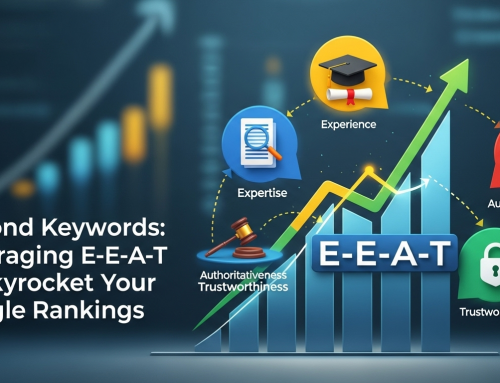When it comes to identifying who your target audience is before using this insight to shape your SEO and content strategy, there are several different ways in which you can do this.
Here are seven effective approaches that you can use:
1. Understand Your Current Customer Demographics
If you want to understand who your SEO strategy should be targeting, it makes sense to start with your current customers. The most effective starting point is to go and grab a coffee with your sales team and question them on exactly who is buying your products or services. If anyone knows who is buying and who isn’t, it’ll be your sales team. There’s a good chance that they’ll be able to share insights from their CRM, too, including a breakdown of the audiences who convert the strongest or who have the highest average order value. But beyond this, don’t overlook the insights you can gain from your own Google Analytics account. Using the data that you have available, you can gain a detailed understanding of who your audience is and how they behave. Head to the Audience report, and you’ll be able to drill down into who is visiting your website, gaining an insight into demographics and locations, and their interests via Affinity Categories and In-Market Segments (where you’ll be able to see how each audience converts).
2. Utilize Social Insights
If you’ve built up a following on social media, there’s a very good chance that this audience is interested in the products you sell or the services you offer. Utilizing your social channels’ insights can be a great way to learn more about who your audience is. Facebook Audience Insights is the recommended tool for diving deeper into your page’s followers on the platform. From understanding your audience’s demographic profile (along with data from Google Analytics) to the other pages that they like on Facebook, this is a great starting point to figure out who you should be targeting.
3. Analyze The SERPs
It might sound simple, but spending time analyzing the SERPs can help determine who the audience that you need to be targeting is. Run searches around your main commercial keywords (the money terms related to your business) and look at its ranking. Note down whether this is transactional or informational content, as this will help you determine search intent. Specifically, pay attention to the common themes throughout content pages and the keywords that are being optimized for and the products or services that are being promoted, and the general tone of voice. This can often be a tell-tale sign as to who the main audience that’s being targeted is.
5. Survey or Interview Your Current Customers
If you really want to figure out who your target audience is, the content they want to consume, and how they want to be targeted online, go and speak with those who have already bought from you.
Surveying and interviewing current customers can shine a light on your target audience that you couldn’t ever figure out from a tool, which can help you gain a competitive advantage.
You can use free tools like Google Forms to collect responses from your customers (send this out to the buyer segment of your email newsletter).
Once you’ve had a sufficient number of completed surveys (or have conducted several interviews), look for trends amongst the responses to feed this into your audience data.
SEO success comes from understanding exactly who your target audience is and what the content is that they want to consume.
There’s no denying that keywords play a huge role in developing a successful SEO strategy. Still, without knowing your audience, you’ll struggle to focus your efforts and have the confidence that you’re targeting the right people and maximizing your chance of converting a searcher into a customer. Feel free to contact us and ask us about these online marketing strategies you needs if you have a project on which you would like us to quote. We hope you’ll hear from us soon.





